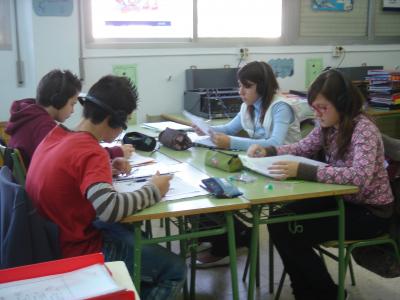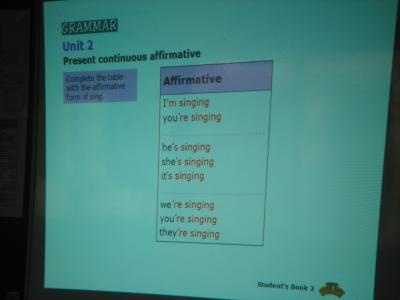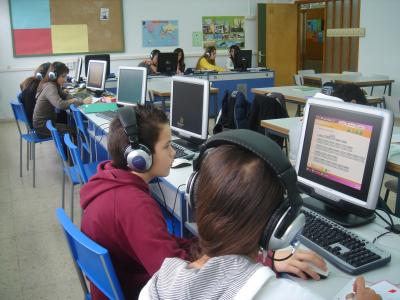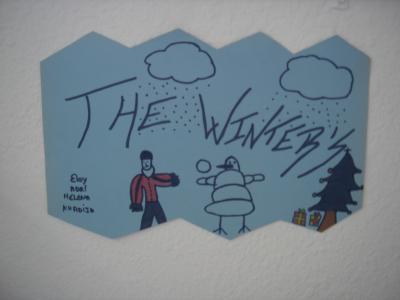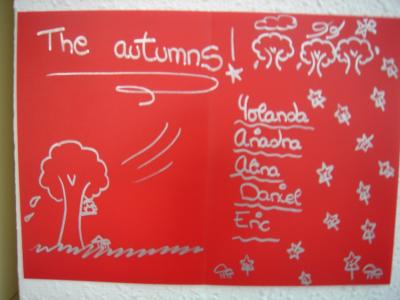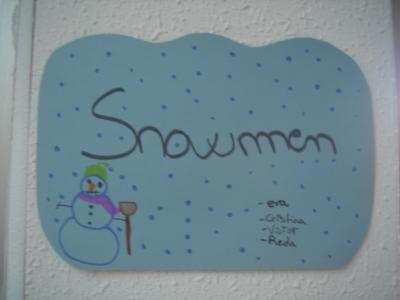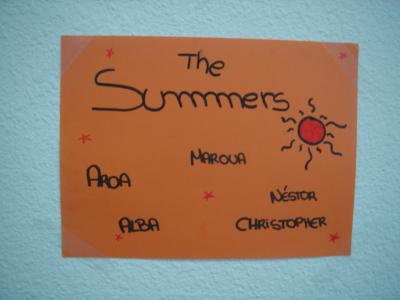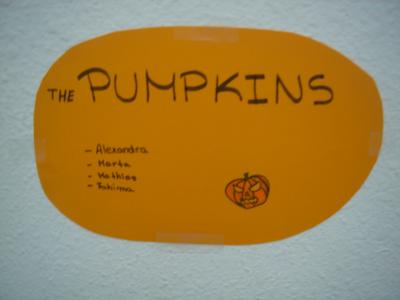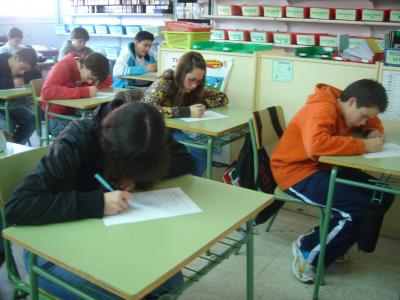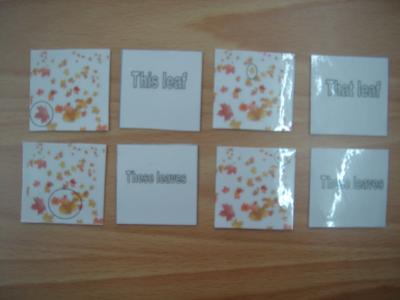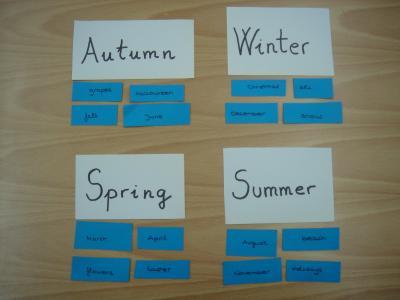Didactic Sequence (4)
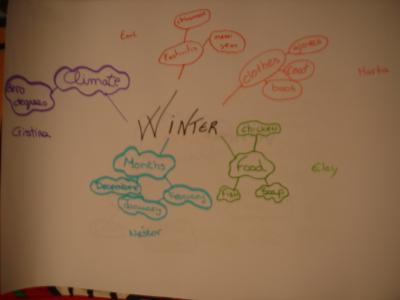
The forth session has been a success, I think. Some students recited the autumn’s poem (very well) and then we worked about seasons (our topic) in Spain.
First of all they talked in teams about climate, food, clothes and festivities or other characteristics of each season in Spain. Then, they have been reagrupped into four teams (different people than the "table teams" in each team). They have shared knowledge and each new team did a mind map about a season.
Results are here in this picture and the next three ones. Not bad, isn’t it? They were involved and results are very good! However, I should have explained better what I want, so they did not understand me exactly what I wanted, but finally it has been a good task.
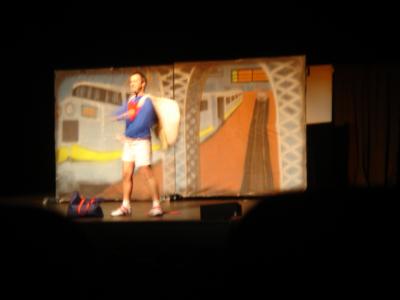
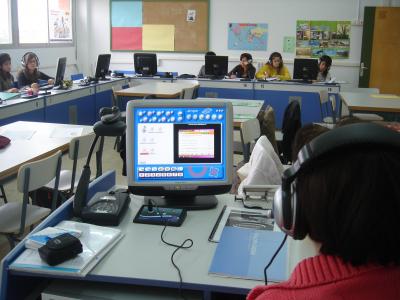
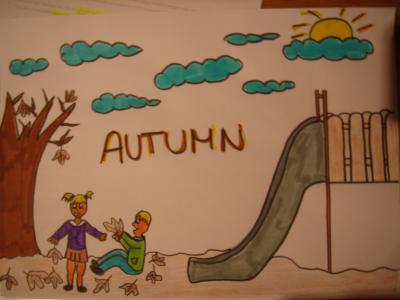
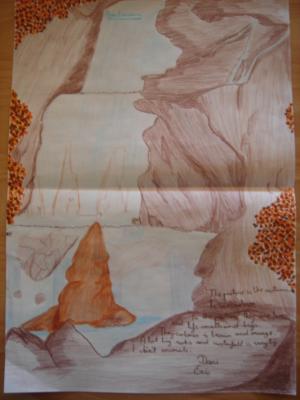
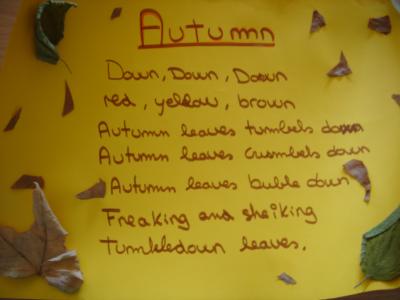
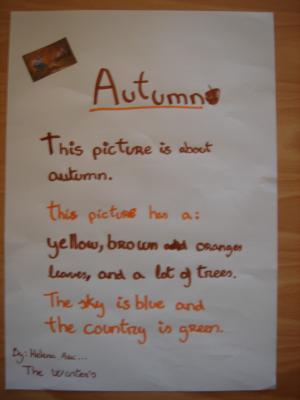
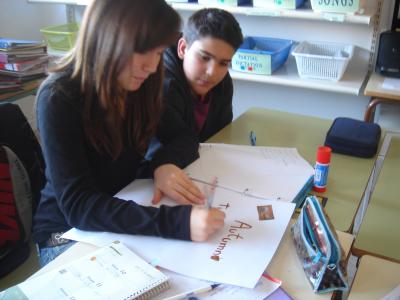
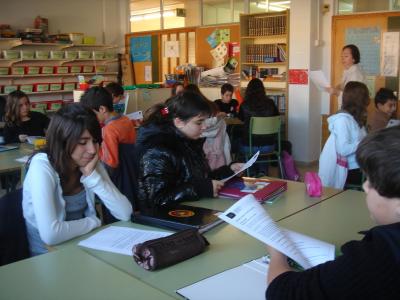 Next Tuesday, 1st and 2nd ESO are going to the theatre to see a musical called Interail. It is about two young people (a boy and a girl) who travel around France and Italy. In this journey there is also Cupid, who tries that they fall in love. It has a lot of music and it may be amusing, so students would enjoy it!
Next Tuesday, 1st and 2nd ESO are going to the theatre to see a musical called Interail. It is about two young people (a boy and a girl) who travel around France and Italy. In this journey there is also Cupid, who tries that they fall in love. It has a lot of music and it may be amusing, so students would enjoy it!
